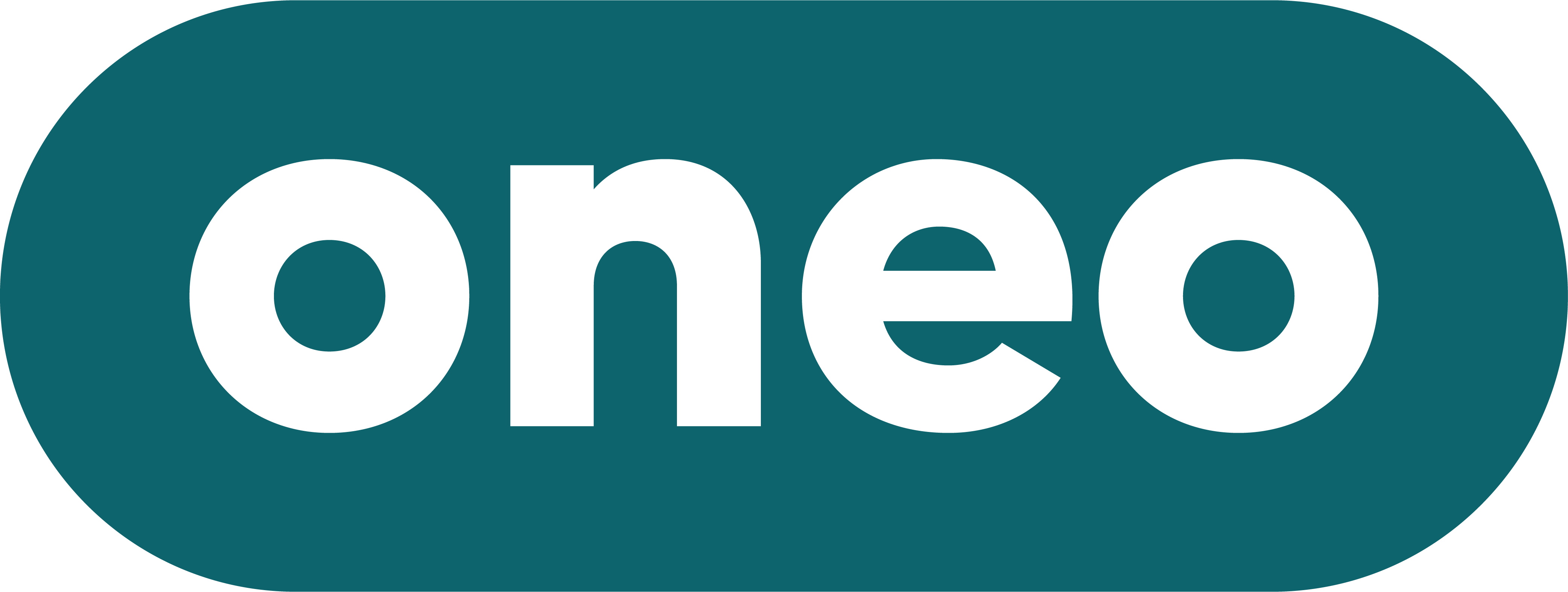Workforce Planning is the process of analysing, forecasting, and planning workforce supply and demand. It’s about having the right people, with the right skills, in the right place, at the right time. Think of it as the blueprint for your company’s talent strategy — like a GPS guiding you to your ultimate destination.
When should you be workforce planning
When should you tap into the power of workforce planning? Honestly, you can — and should — be doing this consistently. It’s not just a “set it and forget it” methodology. Here are some prime moments to go full throttle:
- Strategic Planning Sessions: Any time you’re developing long-term business plans.
- Mergers and Acquisitions: Navigating these waters? You’ll need to reassess your talent pool.
- Annual Budget Planning: Aligning financials with workforce requirements.
- Talent Shortages or Surpluses: When addressing critical gaps or surpluses in manpower
What to Look at When Workforce Planning
Let’s get down to the nitty-gritty. Here are some key components you should focus on:
- Workforce Analysis: Evaluate your current workforce demographic, skill sets, and performance levels.
- Demand Forecast: Predict future workforce requirements based on business goals and market trends.
- Supply Forecast: Assess the availability of internal and external talent to meet future demands.
- Gap Analysis: Identify discrepancies between your workforce demand and supply.
- Action Plan: Develop strategies to recruit, retain, train, or manage out employees to bridge gaps.
- Monitoring and Review: Keep track of progress and course-correct as necessary.
Who doesn’t love a good tool to make life easier? Here are some top-notch products to give your workforce planning a turbo boost:
Software : SAP Successfactors
SAP SuccessFactors is one of the titans in the HR tech space. It’s like the MMA of workforce planning — strong, reliable, and efficient.
Pro's & Con's
- Comprehensive suite covering all HR needs.
- Highly customisable to fit any company structure.
- Strong analytics and reporting capabilities.
- Can be pricey, especially for SMEs.
- Steep learning curve and complex setup
Software : Workday
Workday is the Zen master of HR tools, making cloud-based solutions a breeze.
**Pros:**
– Excellent user interface that’s intuitive.
– Real-time data analytics and reporting.
– Strong community support and regular updates.
**Cons:**
– Also on the pricier side.
– Customization options are somewhat limited compared to others.
- Excellent user interface that's intuitive.
- Real-time data analytics and reporting.
- Strong community support and regular updates.
- Expensive, very expensive
- Limited customisation options
Software : Oracle HCM Cloud
Oracle HCM Cloud is the Swiss Army knife of HR software. Versatile, powerful, and it gets the job done.
- Robust data analytics and reporting tools.
- Extensive integration capabilities.
- Comprehensive talent and workforce management features.
- Can be a bit complicated for new users.
- Ongoing support can be costly.
- On the pricer side
FAQ
Absolutely. Workforce planning isn’t exclusive to the Big Leagues. Even a 10-person startup needs to know if they can grow sustainably.
Yes, a well-designed ATS can simplify the application process and ensure timely communication, enhancing the overall candidate experience.
- Predicting future business needs accurately.
- Managing data from various sources.
- Aligning workforce planning with company culture and values.
Not necessarily, but having at least one dedicated individual or cross-functional team can make the process more effective.
Start small. Focus on understanding your current workforce. Then gradually scale up to more sophisticated forecasting and gap analysis.
An ATS provides analytics and reporting features that help track metrics like time-to-hire, source of hire, and candidate quality, enabling more informed hiring decisions.
So there you have it! Workforce planning is like setting up a future-proof strategy for your company’s talent and growth. Getting it right means you’ll always be steps ahead, ready to tackle whatever the business world throws at you. Until next time, keep planning, keep achieving, and remember — you got this!


